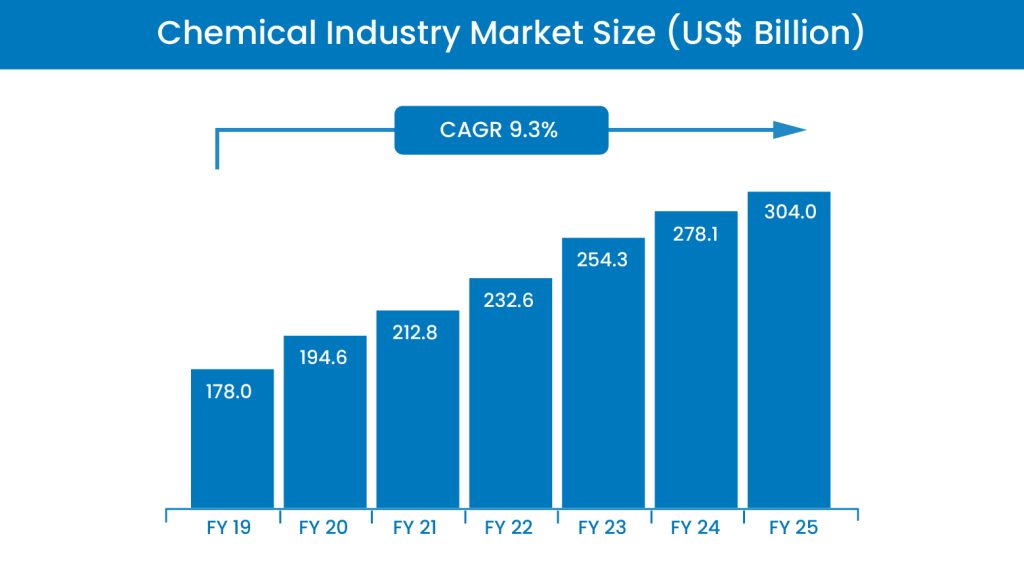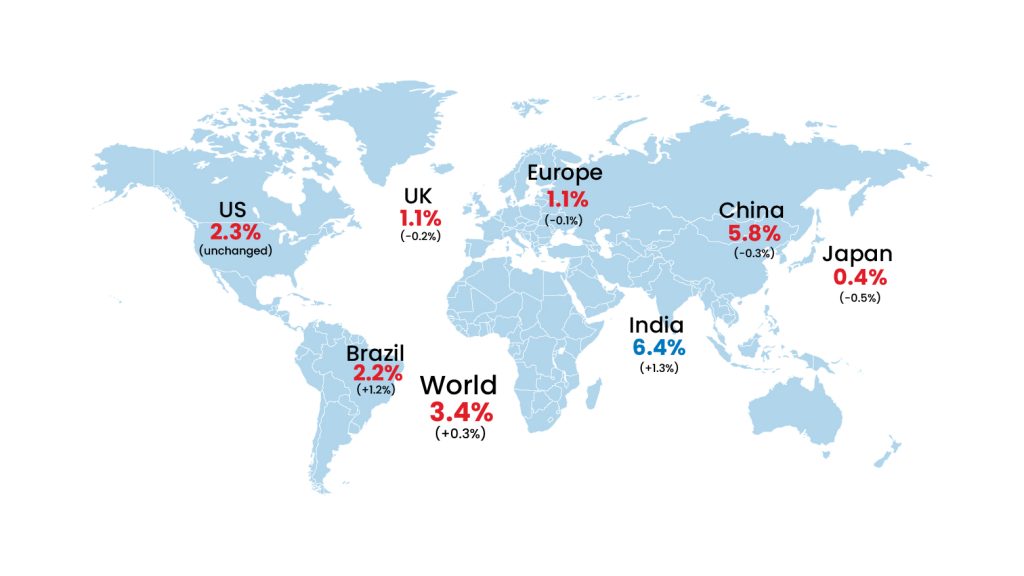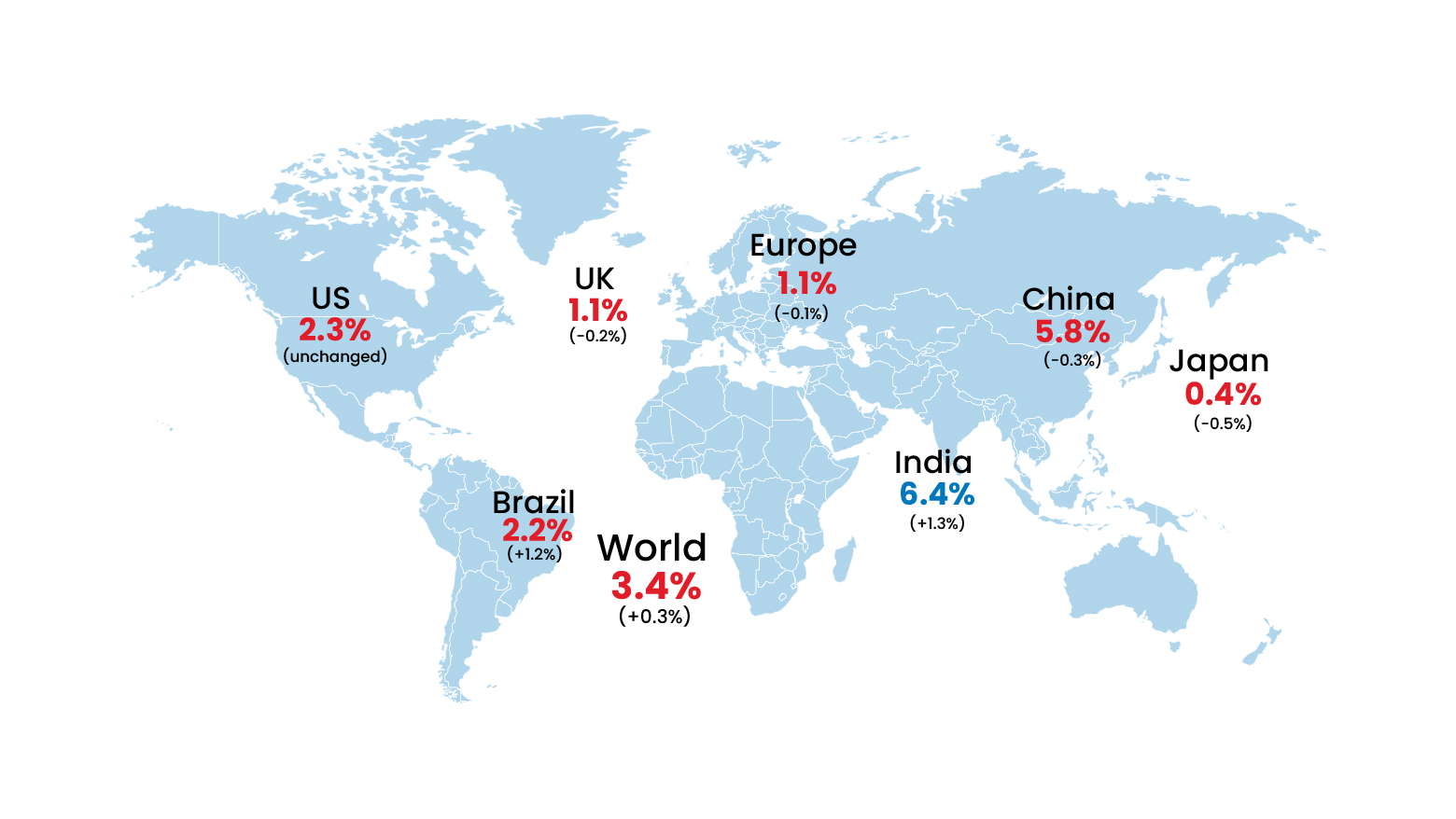Overview of India’s Chemical Industry
The Indian chemical industry, a vital pillar of our economy, accounts for approximately 7% of the nation’s Gross Domestic Product (GDP).
Despite the global pandemic, this sector has not only demonstrated resilience but has also experienced significant growth.
Considering India’s position as the 6th largest chemical producer globally and 3rd in Asia, the chemical sector is well-positioned to grab upcoming opportunities. And this could catalyse the country’s next expansion phase.
● Factors driving the growth
The chemical sector, which was valued at US$ 178 billion in 2019, is projected to escalate to US$ 304 billion by 2025, registering a compound annual growth rate (CAGR) of 9.3%.
Despite confronting obstacles such as inflation and disruptions in the supply chain, the industry persists in delivering substantial value to its stakeholders.
The surge in India’s chemical industry is propelled by inclining local chemical demand. With its exports reaching more than 175 countries, India has established a global presence in the chemical sector.

Catalysing the next phase of expansion
● Government Initiative
In order to catalyse the next growth phase in India’s chemical sector, the government has introduced various initiatives and policies designed to support the industry.
The ‘Make in India’ campaign is a notable initiative that seeks to foster manufacturing within the nation, encompassing the chemical sector as well.
This initiative aims to boost:
– Amplify domestic production,
– Attract foreign investment, and
– Generate job opportunities.
● Government Policy
The 2017 Chemical Policy is a government initiative launched to elevate India’s chemical industry, foster export growth, and advocate for sustainable progress through emphasis on R&D, skills enhancement, and technological advancements.
● India’s role and opportunities
- India’s rising manufacturing appeal is due to competitive labour costs, affordable infrastructure development, and favourable corporate tax changes.
- Indian specialty chemical companies have unique capabilities and global supply relationships.
- Despite challenges, Indian chemical companies could benefit from increasing domestic demand in sectors like agriculture, consumer and retail, infrastructure, and healthcare.
- These sectors could contribute to about 50% of the growth in chemicals as the economy expands.
- These factors are expected to drive chemical demand, creating valuable opportunities across most chemical sub-segments.
Reducing import reliance and mitigating supply chain risks will boost the economy. As the government prioritizes industries like electronics, semiconductors, renewable energy, and pharma, the chemicals industry will evolve into a specialized role, becoming a stepping stone for ‘making in India, for the world.’
● Global trends, a change for the world and possibilities for India
Major multinational companies are shifting their focus to downstream chemical opportunities, leading to an increase specialty chemicals in India.
Sustainability is becoming a priority for these companies, as it protects long-term shareholder values while adhering to local regulations. Safety and environmental issues have led to supply chain issues, prompting MNCs to source essential materials from countries like India.
Post-COVID-19 trade conflicts could present opportunities for Indian chemical companies, and consolidation efforts are underway in India.

Strategies for unlocking the potential of India’s chemical sector
● Collaboration between chemical companies, research institutions, and technological advancements
Unlocking the potential of India’s chemical sector necessitates the execution of strategies that promote partnerships between chemical firms and research institutions.
Such collaborations between institutions and industry can result in the creation of innovative technologies and processes, thereby boosting the competitiveness of Indian chemical companies.
Furthermore, capitalizing on technological advancements in the chemical industry is vital for stimulating growth.
The adoption of technology can enable companies to enhance efficiency, increase productivity, and minimize their carbon footprint.
Innovations in fields such as artificial intelligence, data analytics, and robotics can provide significant opportunities for the chemical industry.

Road ahead
A consistent value creator, offers ample opportunities. Its growth is driven by robust domestic demand, strong export growth, and rising import substitutions.
The Indian specialty chemicals industry’s growth is fuelled by strong domestic demand and increased exports. Anti-pollution measures in China also open opportunities for the Indian chemical industry.
Fiscal incentives like tax breaks and special incentives through PCPIRs or SEZs will boost the industry’s production and development. The PCPIR policy’s dedicated integrated manufacturing hubs are expected to attract significant investment by 2035.
In conclusion, the rapid growth of the Indian Chemical industry is inevitable, with a shift towards specialty materials. The specialty chemicals sector is reshaping India’s economic landscape, and if India’s demands and megatrends materialize, the industry will need to adapt quickly.


